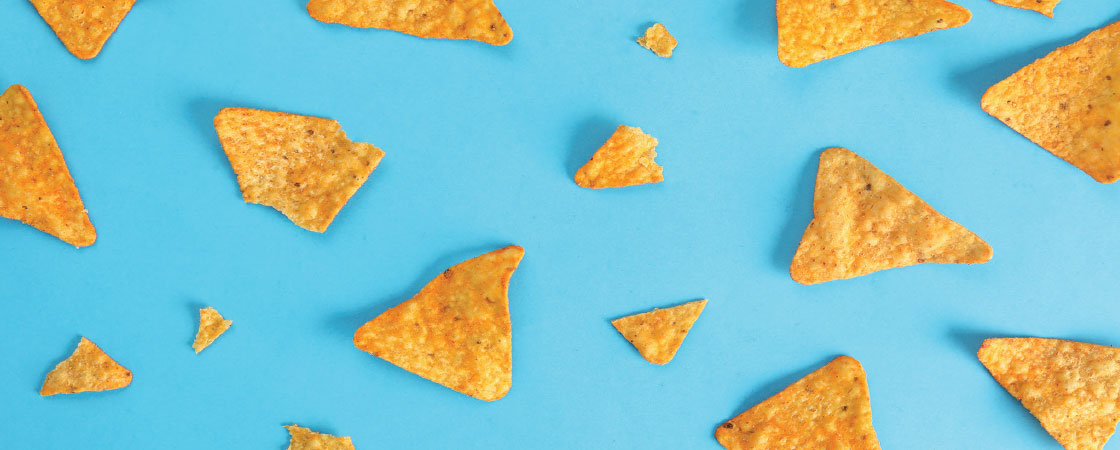They work in top secret laboratories. They are forbidden to speak of their experiments. Their discoveries can be worth millions of dollars.
Are these highly trained scientists developing a supercomputer? A cure for a disease? A weapon? Nope. Their creations are right in front of you—in that sweet, fizzy soda you’re sipping and those crunchy, salty chips you’re munching on.
These men and women are “flavorists,” scientists who devote their lives to making food taste delicious. And they are experts at concocting flavors you will love, whether a lip-smacking berry flavor for a sports drink or a mouthwatering chili-cheese coating for a pretzel. To work their magic, flavorists use thousands of chemicals, oils, extracts, and other substances to create artificial flavors. Even a seemingly simple flavor, like strawberry in a milkshake, might contain 50 ingredients.

